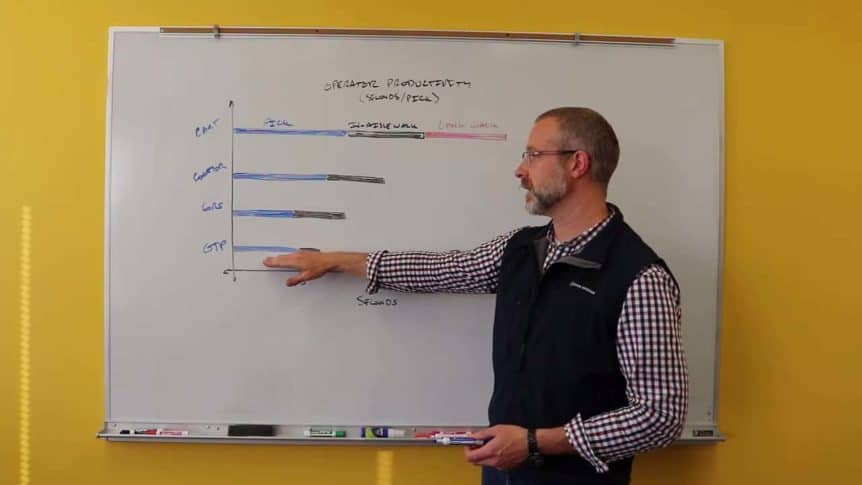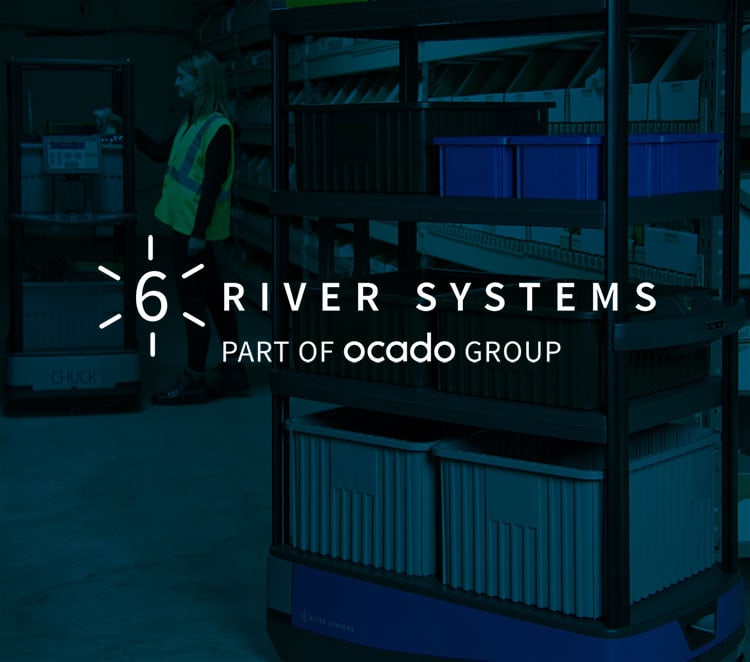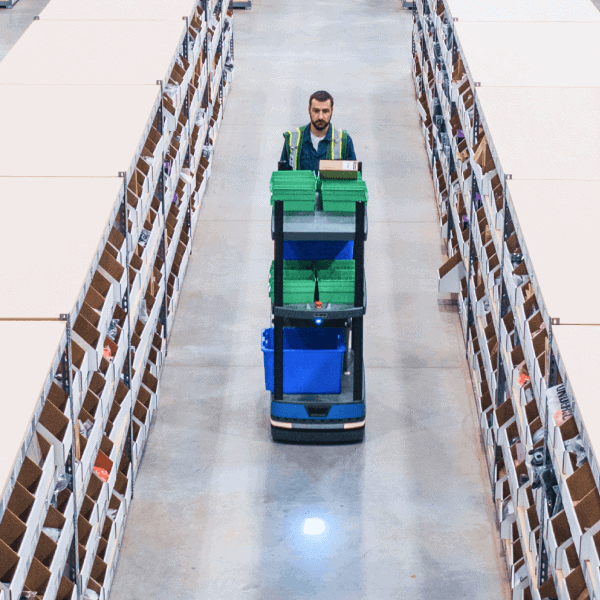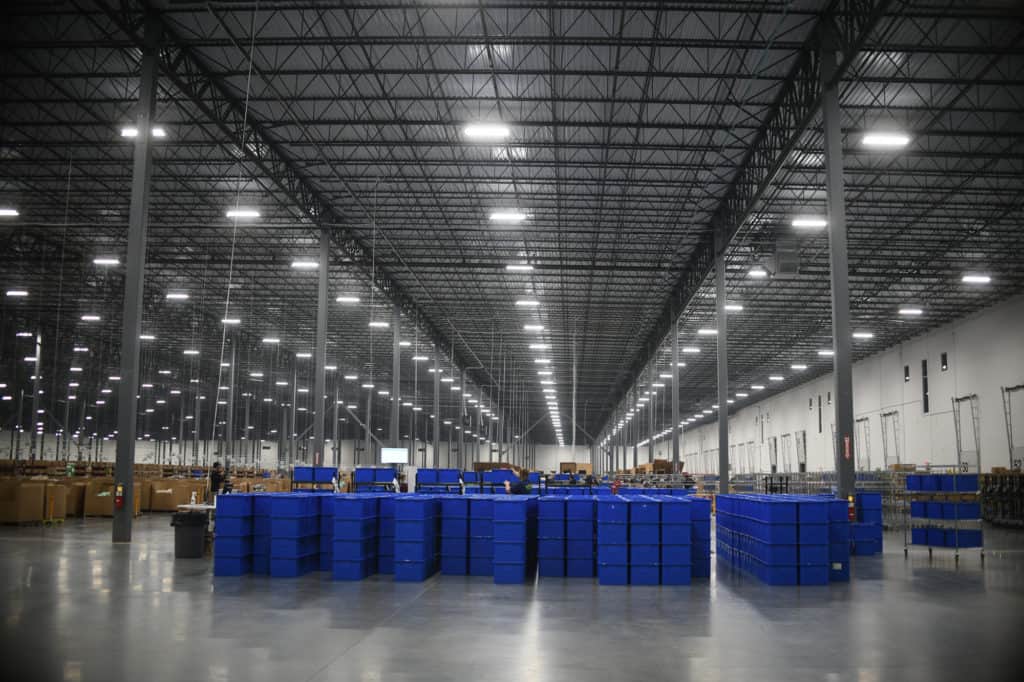By Jerome Dubois

Jerome Dubois is the co-CEO and co-founder of 6 River Systems.
I’ve been selling robotics automation solutions to warehouses for years. One question I get a lot about our robot Chuck is “Does it get rid of the walking?” It’s a valid question. But it’s based on a popular misconception about warehouse efficiency: to increase productivity you need to get rid of all the walking.
Operators demonize walking because, let’s face it, most walking in warehouses is inefficient. Associates spend precious hours pushing manual carts, searching for the right aisles and rummaging for the correct SKUs instead of actually picking inventory. Logistics VPs get so frustrated about their slow pick rates and low throughput that they turn to warehouse automation solutions, like conveyor-based pick modules, pick-to-light and goods-to-person technologies. These vendors tell operators that caged off and anchored down steel and motors is the only way to fix their walking problems.
That’s fine, if you’ve got millions to spend, a timeline of 9-24 months and years to wait for a return on investment. We’ve got a better way around this problem: one where you can keep money in the bank, increase the productivity of your existing workforce and match the throughput of traditional automation solutions.
An alternative exists to provide you 80% of the benefit of the goods-to-person systems at 20% of the cost.
So, what’s the catch?
We use walks to do much more.
Goods-to-person automation — technologies that bring inventory directly to associates — nearly eliminate walking for each pick. But there are all sorts of tasks in the warehouse, not just picks. With 6RS and Chuck, we optimize walking through work allocation to help associates accomplish more tasks in the same amount of walking.
Lost? Let me explain with some numbers and a few different types of pick strategies. Let’s say the average cart pick takes 40 seconds. Of that, associates typically spend 30 seconds walking and searching for inventory. They only spend about 10 seconds actually picking items. The throughput in this scenario is 90 UPH.
With conveyors, you eliminate the long walk. Now you’re down to 20 seconds for each pick and your UPH goes up to 180. This is great. But what you’ve done now is introduced a costly infrastructure into your warehouse, making your whole business more inflexible. You’ve designed and purchased equipment for five years out, so you’re effectively locked in.
With goods-to-person automation, you get rid of all the long walks, so your throughput shoots up to 300 UPH. It sounds great on paper. But you don’t completely eliminate walking, because operators are still taking steps in their stations to grab and pack products. You might have a stellar UPH, but you’ve also got a tremendous amount of expensive and inflexible infrastructure to maintain. What if your product mix or your order profile changes?
At 6 River we’ve developed a system that eliminates the long walks, reduces the steps in the aisle and speeds up the operator. Using cloud-based servers and AI, we group similar work together, making the path as dense as possible and reducing steps in between every task. 6RS taps into your Warehouse Management System to combine picking, replenishment and other tasks onto a single Chuck. To help do the work faster, we use images and lights to make it very easy for pickers to identify products. All this while pacing and directing the operator through their work with Chuck. Operators never have to push or pull a manual cart or fumble with an RF scanner.
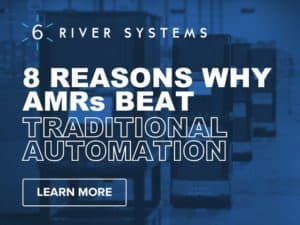
So yes, if you have lots of money, lots of time and a relatively stable operation, getting rid of all the walking may be the right answer for you. If you don’t, learn more about how to improve your warehouse efficiency with Chuck.
